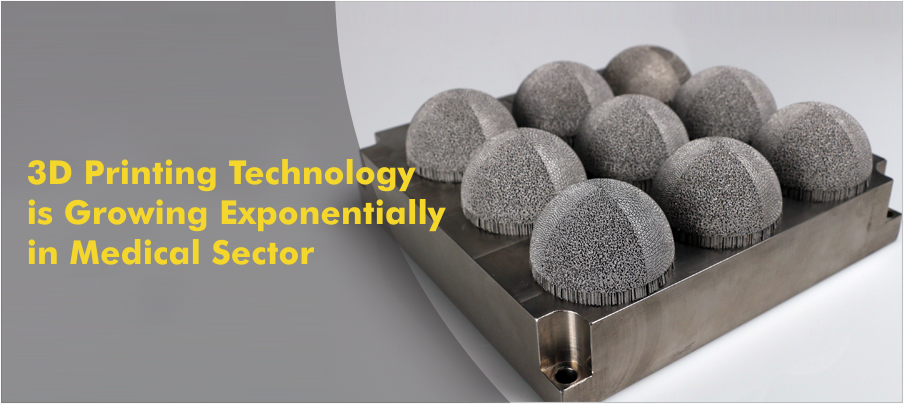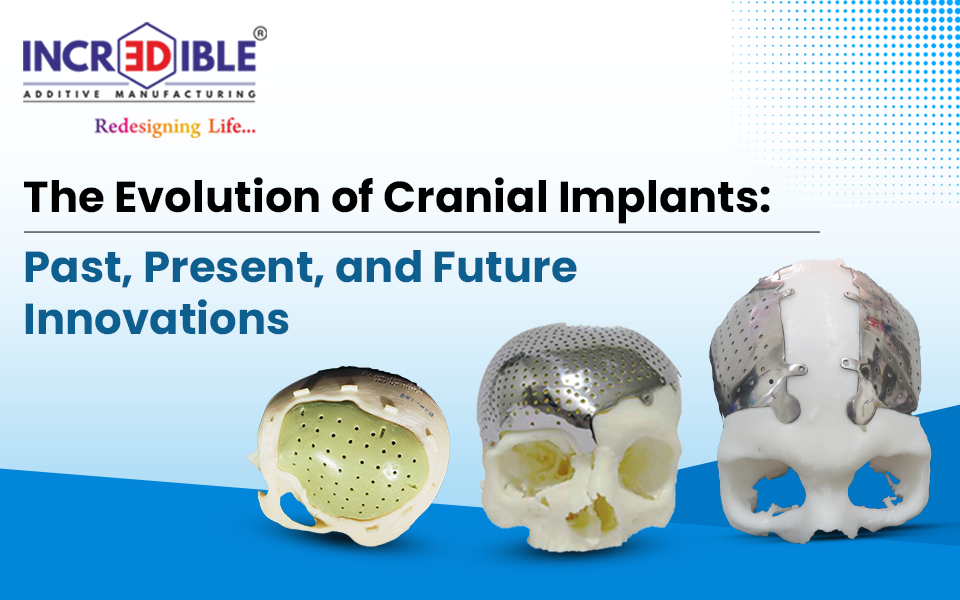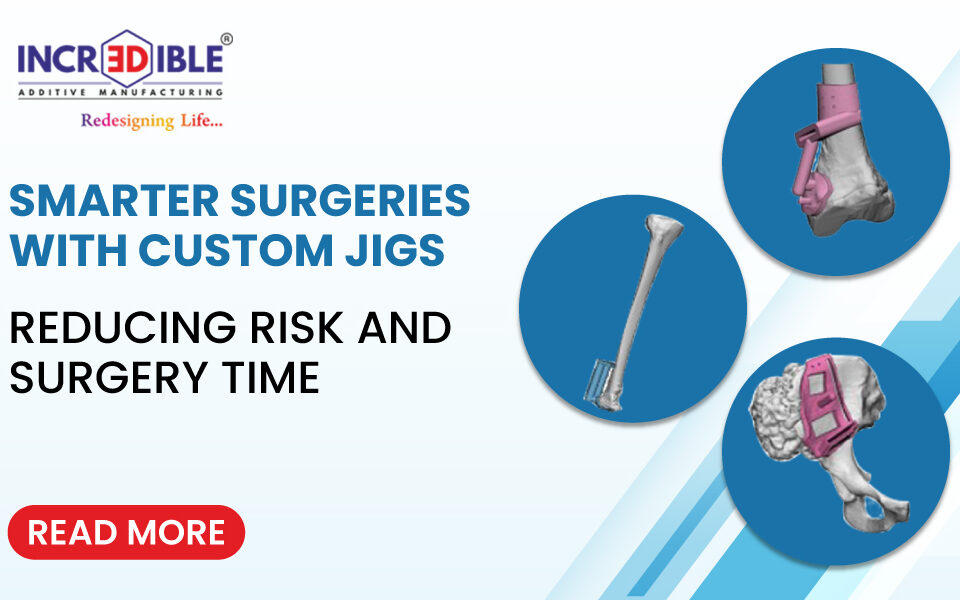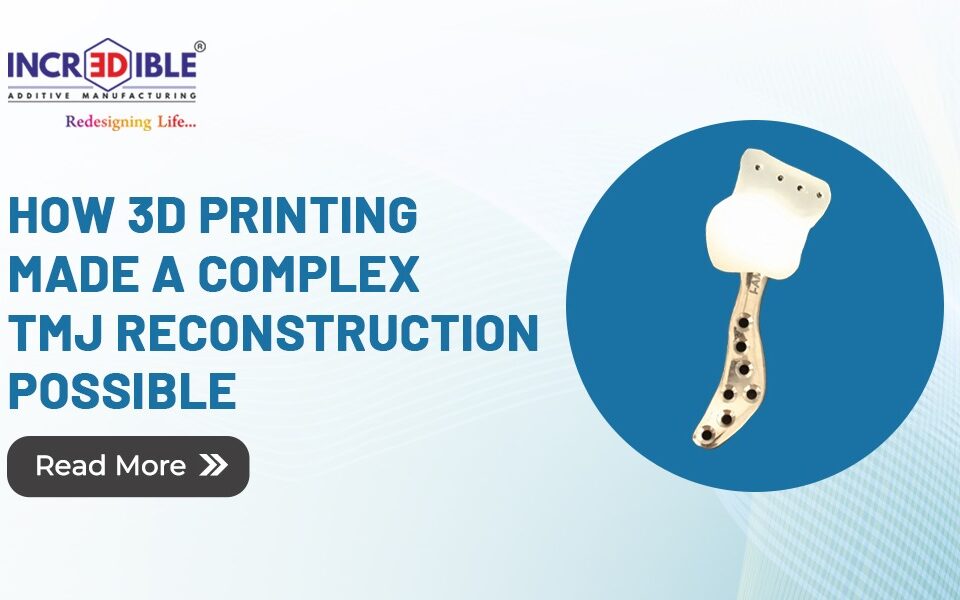3D Printing Technology is Growing Exponentially in Medical Sector
The progress and growth of 3D printing applications within the medical industry havebeen and continues to be, exponential. Amongst all the current and potential applications of this technology, the medical applications of 3D printing are the most talked about and written about.
The major reason behind this growth might be because it is essentially the most fundamental application of any technology, in that it is being used to save, extend and/or change lives for the better. There are various medical devices produced by using the 3D printing technology such as orthopedic and cranial implants, surgical guides, dental restorations such as crowns, and custom-made external prosthetics.
Here we will discuss the applications, progress, and use of 3D printing in medical devices.
- Huge Industry scope
The impact of 3D printing in the medical industry is well-documented.The medical field has been using 3D printing technology to drive innovation in almost every aspect of the industry, spanning everything from medical models and prototype parts to 3D printed assistive devices like prosthetics and wheelchairs.
The implications of 3D printed medical devices are so significant that they could result in less expensive and more accessible healthcare. 3D printed medical devices can often be produced faster and less expensively than their traditionally manufactured counterparts, giving users more value for money without sacrificing quality. Due to this very reason, we can expect to see the medical field benefit heavily from existing and future innovations in medical 3D printing.
- Surgical Guides

A surgical guide is a medical device that is used to accurately assist in immediate placement of an implant in the bone structure. It assists the surgeon to perform the clinical application of drilling implants into the bone with optimal accuracy by replicating the exact surfaces of the patient’s oral situation. After placing the surgical guide on the patient’s jaw, it uses sleeves to help guide your surgical instruments and, if appropriate, your implant, accurately to the position you have specifically planned.
- Patient-specific anatomy models
One of the most prevalent applications of 3D printing today is clearly the production of patient-specific medical models in preparation for surgery. 3D printing helps in creating patient-specific organ replicas that surgeons can use to practice on before performing complicated surgeries. The use of 3D-printed models for surgical training is also preferable than training on cadavers, which are costly and not readily available.
- Growing demand for patient-specific implants

Another reason for the exponential growth of 3D printing in medical devices has been due to the increased demand for customised implants.Proper use of these implants is vital due to the critical nature of placing these devices within the human body to fulfill the function of body parts that no longer work and cannot be repaired, whether as the result of any injury or worn out through longevity. In neurosurgery, the use of these implants and prostheses is very important, as skulls have irregular shapes and it is hard to standardize a cranial implant. Across the medical field, considerable research is being undertaken into the development of superior and cost-effective medical implants.
- External Prosthetics
The medical field has been using 3D metal printing to produce prosthetic limbs that are customized to suit and fit the wearer. The production of low-cost prosthetics has accentuated the use of 3D printing a lot more. The use of 3D printing significantly speeds up the process and it also creates much cheaper products that offer patients the same functionality as traditionally manufactured prosthetics.In orthopedics, a clear and persistent problem always exists, where standard implants are often not sufficient for some patients, particularly in complex cases. 3D printing solves this problem effectively by quickly producing customized prosthetics.
Conclusion:
The applications of 3D printing in medical devices are increasing rapidly and it is revolutionizing the health care industry. In the coming years, it is expected that this technology would be making more and more advancements.




